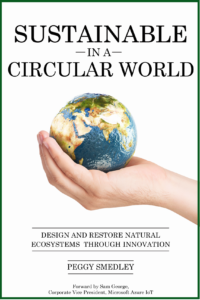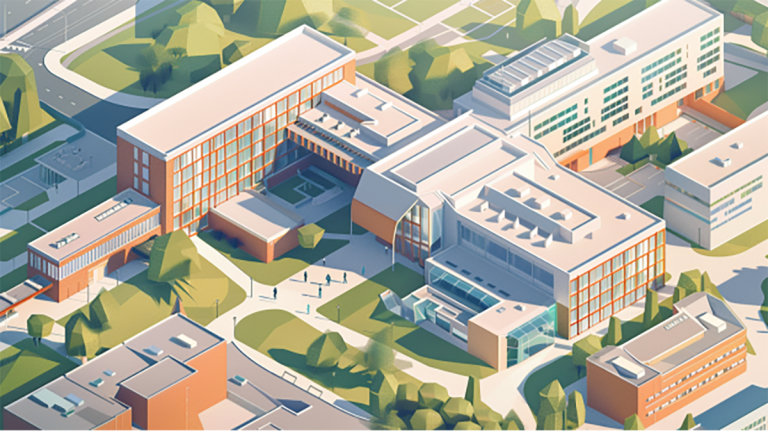The numbers are staggering. College campuses produce between 6-8 tons of CO₂ per student annually. Energy experts claim AI (artificial intelligence) can reduce consumption by up to 29%, ultimately helping to create smarter, greener campuses.
Consider the example of Yale University, which consumes 40,000 kWh of energy per student, which is seven times more than Oxford University, according to Exergio. While many universities have implemented carbon reduction strategies, there are still often challenges such as aging infrastructure and inconsistent policy adoption, as just a few examples.
Enter technology. Energy experts from Exergio, a company that develops AI-based tools for energy performance, claim such tools will improve the daily use of facilities and help save energy from 20% to 29%.
Let’s consider a few examples. In Poznan, Poland, Exergio’s AI platform optimized energy use in a large office complex, reducing waste by 20% and saving more than €88,000 in just nine months. Similarly, in Lithuania, Exergio implemented AI-driven upgrades at the Ozas shopping center, achieving a 29% reduction in electricity consumption and cutting energy costs by €1 million since implementation.
Here is how this can help:
- Analyze occupancy patterns.
- Forecast peak usage.
- Adapt in realtime.
- Achieve energy savings without compromising comfort.
Looking to the future, we are going to see more building management technologies across multiple structures, including university campuses. AI will help create greener, more sustainable campuses.


